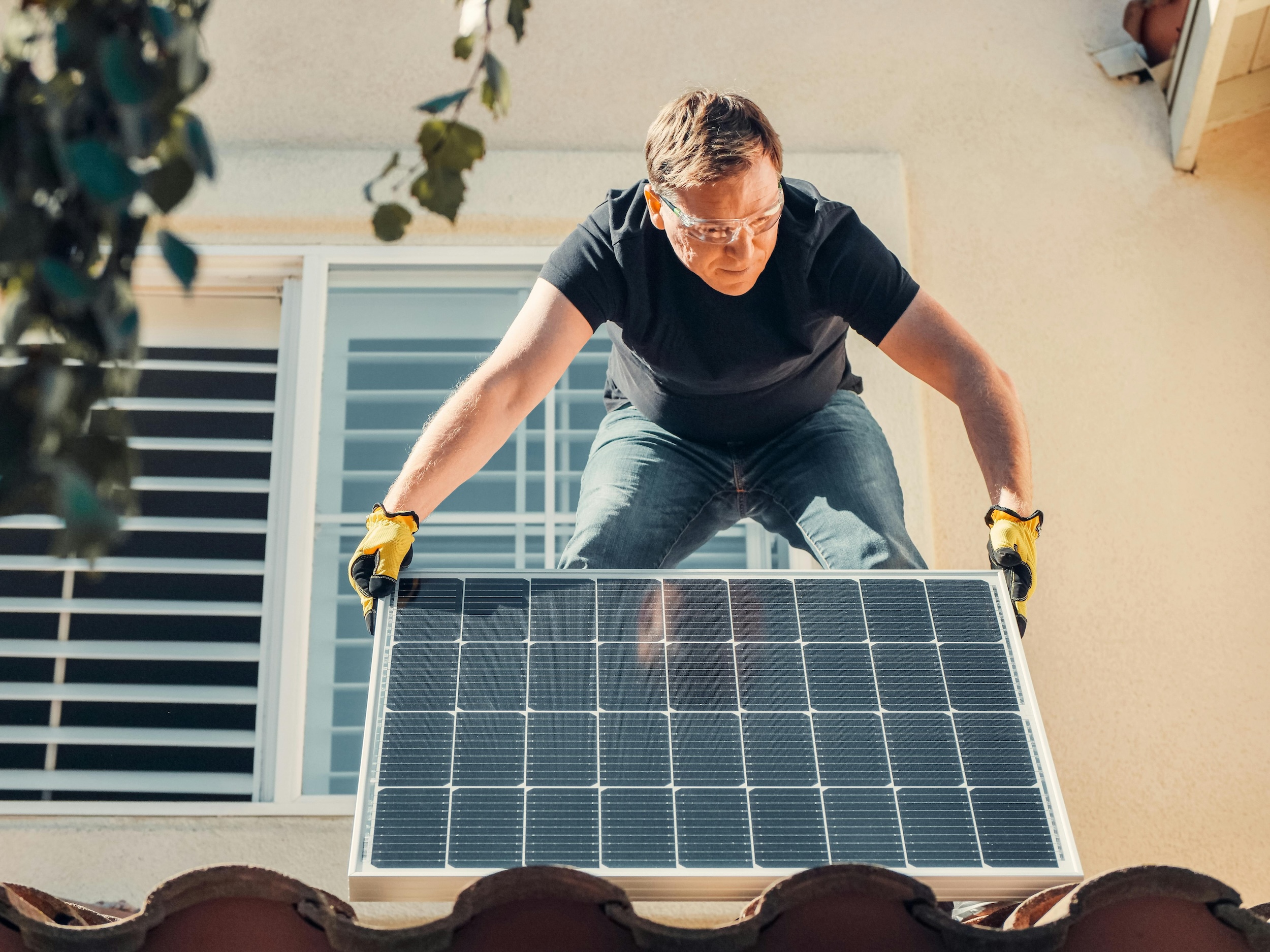This summer, power outages have been on everyone’s minds in Ukraine (unless, of course, you’re an eco-magnate with your own energy block fueled by various sources). However, coping without air conditioning during the heatwave is a minor inconvenience compared to the challenges that the upcoming winter will bring. Soon, everyone will be wondering how to stay warm. HMH explored some initiatives by authorities, humanitarian organizations, and charitable foundations.
Foundation “Tvoya Opora” – Heat Pumps
The charitable foundation “Tvoya Opora” is implementing the “Heat League” project, aimed at supporting maternity hospitals and perinatal centres. This project became a charitable challenge among Ukrainian businesses in 2022, initiated by Vodafone with support from the Ministry of Health, the Institute of Pediatrics, Obstetrics, and Gynaecology, and the “Tvoya Opora” foundation. Partners include Huawei, Watsons, and PrivatBank.
The first institutions to receive assistance were a hospital in Okhtyrka, a maternity ward in Boyarka, and a perinatal centre in Dnipro. The foundation is also purchasing generators for nursing homes in the Zhytomyr region. Irina, the executive director of the foundation, explained in a comment to HMH that they chose heat pumps for heating. These pumps are environmentally friendly, reliable (with a lifespan of 20-30 years), and economically advantageous. They consume significantly less electricity than other heating systems and can both heat and cool spaces. Irina mentioned that if there are many participating companies and contributions, they plan to put several hospitals into operation simultaneously to ensure they are warm before the cold weather arrives. As of now, the project has raised and implemented UAH 8,544,873.

Greenpeace – Solar Panels
Greenpeace Ukraine relies on solar panels, heat pumps, and energy-efficient building improvements. Director Natalia Gozak emphasizes the importance of decentralized energy and ensuring its independence. She also highlights the need for balance: while solar panels provide energy during the day, they don’t solve the nighttime energy question. Storing electrical energy requires specialized batteries, which can increase project costs. Notably, there are examples of solar panel installations even on residential high-rises. For instance, a 23-floor building on Mykoly Bazhana Avenue in Kyiv has solar panels installed on its side facade. The total heated area of this building is 36,206 square meters, housing 422 apartments. The installation cost exceeded UAH 30 million.

Foundation “East SOS”: Firewood and Generators
The charitable foundation “East SOS” is implementing a project that provides heating appliances and fuel (such as firewood) to the population in the deoccupied and frontline territories.
“We supply firewood to individual families, and we provide generators, EcoFlow devices, and heating equipment to communities and compact settlement areas. For example, in Kharkiv, we collaborate with temporary housing locations where internally displaced persons reside,” explains Katerina Skrypova, the head of the foundation’s board.
Additionally, the foundation offers a program to equip shelters in schools located more than 30 km from the front line. This ensures that children can continue their education offline in warmth and safety don’t rely on constant fuel imports.

Kyiv and Energy Decentralization
The Kyiv authorities are planning to embark on energy decentralization. To make heat and electricity production local, mini combined heat and power plants (mini-CHP) of small and medium capacity will be established in various districts of the city, operating on different types of fuel. Kyiv Mayor Vitaliy Klitschko signed a memorandum with the German Society for International Cooperation (GIZ) to facilitate this initiative. He emphasized, “This concept will enhance the resilience, efficiency, and energy self-sufficiency of the capital, which is critically important both during times of conflict and after its resolution.”
Previously, Kyiv had plans to upgrade 55 kilometers of worn-out heating networks, repair over 150 heat sources, and refurbish more than 200 boilers and pumping equipment.

Naftogaz: Investing in Civil Defense (Air Defence System)
Considering the milder natural conditions in previous years, the heating season typically begins on November 1st. Naftogaz of Ukraine plans to inject 13 billion cubic meters of natural gas into storage by that time to cover additional needs. Oleksiy Chernyshov, the head of Naftogaz, emphasizes that ensuring additional generation capacity before winter depends on three factors: timely restoration of major stations, additional generation from new installations, and perhaps most crucially, protecting these facilities with civil defense measures (ADS).
Last year, Ukraine achieved complete self-sufficiency in natural gas for the first time, and Naftogaz asserts that its reserves should suffice for this year as well. Additionally, the United Nations has announced a new assistance package of $100 million to prepare Ukraine for the winter.

DTEK: Every Person for Themselves
Before Russia’s initial attack, nuclear generation was the cornerstone of Ukraine’s energy stability. Even today, it covers over half of the energy consumption, ensuring light even in challenging conditions. Prior to the full-scale invasion of Ukraine, 15 nuclear power units were operational. Currently, under the control of “Energoatom,” there remain 9 energy units across three nuclear power plants with a total capacity of 7.8 GW. The largest nuclear power plant, Zaporizhzhia, which has 6 units, is occupied by Russian forces since March 2022 and does not supply electricity to Ukraine.
During the “Dialogues with NV: The Future of Ukrainian Energy” forum, DTEK’s Executive Director, Dmytro Sakharuk, urged Ukrainians to individually consider how to prepare for winter: “It all depends on each of us. If everyone thinks about what they can do to ease the next winter, this period will be more manageable.



